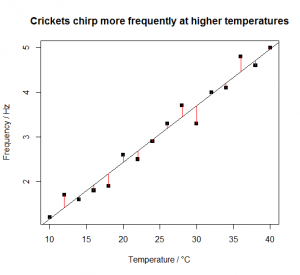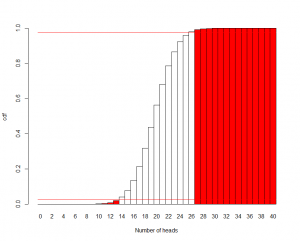Nerd of this parish.
Most commented posts
- Modular origami — 35 comments
- Educational RCTs — 17 comments
- A brief history of rubbish — 6 comments
- The Michaelis-Menten model is not applicable to most enzymes in a cell — 6 comments
- The magnolia misunderstanding — 5 comments


![Flying machines [CC-BY-SA-3.0 Steve Cook]](https://www.polypompholyx.com/wp-content/uploads/2014/06/flying_machines-300x199.jpg)
![Amsterdam botanical gardens [CC-BY-2.0 Alex Lomas]](https://www.polypompholyx.com/wp-content/uploads/2014/04/amsterdam_botanical_gardens-273x300.jpg)
![Diadema setosum [CC-BY-SA-3.0 Steve Cook]](https://www.polypompholyx.com/wp-content/uploads/2014/02/Diadema_setosum-224x300.jpg)
![Species-area relationship for Caribbean herps [CC-BY-SA-3.0 Steve Cook]](https://www.polypompholyx.com/wp-content/uploads/2014/03/species_area_relationship_caribbean_herps-300x300.png)




